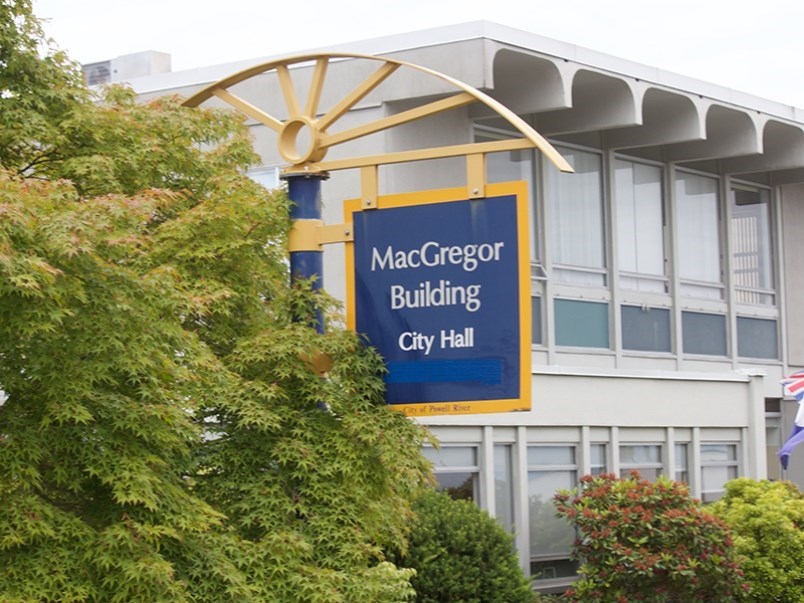City of Powell River councillors have voted to create a growing communities reserve fund for the $4.2 million allocated by the province for local government capital projects.
At the May 4 city council meeting, councillors voted unanimously to create the reserve fund and that the 2023 to 2027 five-year financial plan be amended for the transfer of the money into the fund.
Finance committee chair councillor Trina Isakson said the city finally now has a draft bylaw to establish the growing community reserve fund, which is required by the province.
“We received more than $4.2 million from the province that was announced later in March as they distributed $1 billion throughout the province,” said Isakson. “This would be a bylaw to establish a reserve to hold that money.”
Isakson said the province has allocated the funds to municipalities and regional districts and the intent is to support capital projects that support growing communities. She said there is a bit of flexibility in that sometimes, especially in smaller communities, feasibility studies are required or the projects require hiring staff to implement the projects.
“There’s no decisions yet from council regarding how to use this money but we are required by the province to put it into a reserve fund and that is what this bylaw is doing here,” said Isakson. “It doesn’t decide what we are doing with that money. We are just accepting it and putting it into a reserve fund.”
Council passed the bylaw unanimously.
During question period, city resident Mark Hassett asked how much money a one per cent tax increase in the property tax levy amounted to for Powell River taxpayers. Chief financial officer Mallory Denniston said the figure was about $200,000.
Hassett asked if the city just received $4.2 million from the province, unexpectedly, and the money is going into a reserve fund, if the city had taken $1 million to help offset some of the pensioners and the people of Powell River with their taxes, did council not think it would be better for taxpayers.
Denniston thanked Hassett and said she appreciates his creative solutions. She said there are strings attached to that money and the province requires it to be spent on capital projects. She said the only exception is to hire a project manager to oversee a project that is capital in nature.
“We are required, through the Community Charter, to put it into a statutory reserve and only spend it on capital,” said Denniston. “Those are the restrictions.”
Denniston added that when budgeting each year, the city needs $9.2 million for the next 100 years to properly replace current city assets.
“What we put in is about 60 per cent of that because we don’t want to increase the taxes too much and to be such a burden on everyone,” said Denniston. “What we do with that 40 per cent is we call it future grants from the province, because history has shown us we do get grants from the province.
“We have no way of reliably estimating how much we will get, but we do have an infrastructure deficit where we rely on these funds. This isn’t a surprise fund. This is something we have budgeted for.”
Denniston said the city runs with an infrastructure deficit so it doesn’t tax more than needed, and really relies on the grants received and hard work staff does to apply for grants, plus the generosity of the province and federal government.
“When this grant came in, it was just part of our capital plan,” said Denniston. “It means we are closer to our estimate of 40 per cent. I know there is this perception of free money, and I know times are hard out there for everybody, and is there anything we can do with this money to lower taxes? Given the strings attached and how we currently budget, it’s just not a solution we could come to the table with.”



.jpg;w=120;h=80;mode=crop)